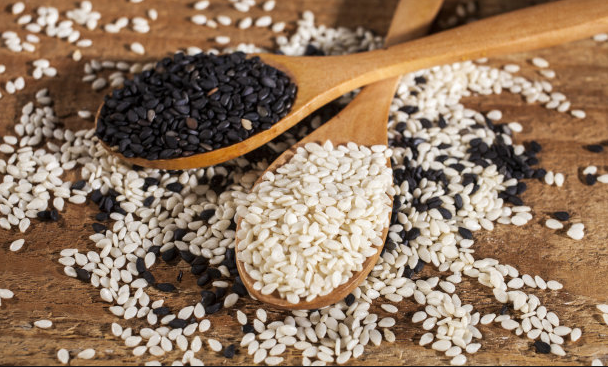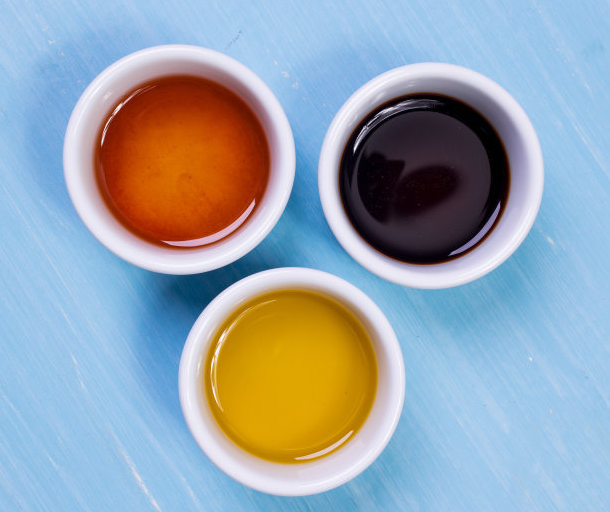What is sesame oil? What is the harm of fake sesame oil? How should consumers choose? Now we will make a scientific interpretation of these issues.

1. Definitions and standard requirements
Sesame, also known as sesame and flax, has a unique fragrance, high fat content, and oil content as high as 55%, which has a certain medicinal value. Sesame is often used to season or garnish dishes, and can also be made into a variety of processed foods, the most common being sesame oil and sesame paste.
2. The harm of fake and inferior sesame oil
If according to standardized production and processing conditions, several edible oil varieties that meet food safety standards, such as soybean oil, corn oil, cottonseed oil, sesame oil, etc., are blended and packaged into products such as "sesame oil" and "sesame oil", there is no clear food Security Risk. However, some fake and inferior sesame oil contained excessive aflatoxin. Aflatoxin is a strong carcinogen and can induce acute or chronic liver damage. Long-term consumption of edible oil with excessive aflatoxin will cause greater harm to the human body.
The production and sale of fake and inferior sesame oil disrupts the market order and seriously damages the economic interests of consumers and the right to know. It must be severely cracked down and prohibited.

3. Precautions for purchasing sesame oil
Consumers commonly use sesame oil, sesame oil, and sesame blended oil in the market. Among them, sesame blended oil is made from sesame oil and other vegetable fats, not sesame oil. When consumers buy sesame oil, they can judge by "one look, two smells and three price comparisons".
One look. First look at the color. Pure sesame oil is light red or orange-red. Machine-squeezed sesame oil is lighter than small-ground sesame oil. When rapeseed oil is mixed with sesame oil, the color is darker yellow, and when cottonseed oil is mixed, the color is black and red. Table ingredients should be "sesame" or "sesame oil", not other oils or other types of vegetable oil. The ingredient list is sesame oil, corn oil, rapeseed oil, sunflower oil and other oil types, which belong to sesame blend oil, not sesame oil.

Second smell. The pure sesame oil has a strong and pure fragrance, while the sesame blend oil has a lighter sesame fragrance; the sesame blend oil illegally blended with the flavor has a more pungent and abnormal fragrance.
Three price comparisons. The price of pure sesame oil is more expensive, generally around US$8/kg, while the price of sesame blended oil is relatively cheap. If the price of pure sesame oil is much lower than the market price, it may be fake sesame oil or fake sesame oil blended with flavor.
Copyright © Henan Zhongxing Grain And Oil Machinery Co.,Ltd. All Rights Reserved. Powered by MetInfo